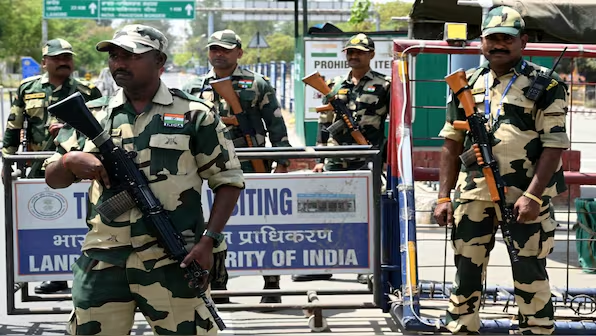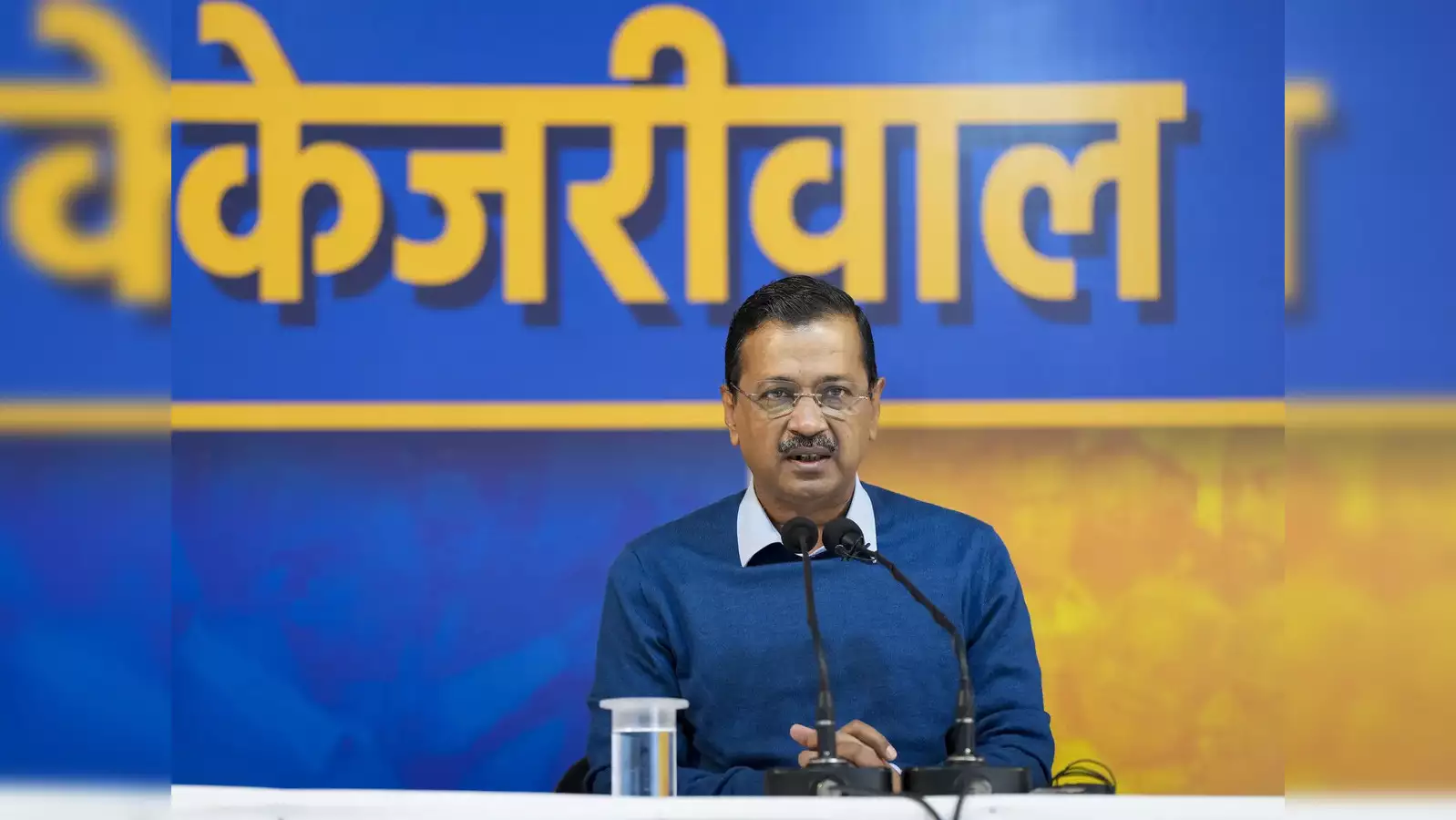What activities will take place during the Mock drill
What Is Mockdrills : The Centre has asked all states and Union Territories to conduct a nationwide civil defence mock drill on Wednesday, May 7, to boost preparedness against a “hostile attack.” The directive comes in the wake of the April 22 terrorist attack in Pahalgam, where 26 people were killed, and amid continued cross-border firing by Pakistan.
Here we write this article for you to know in detailing about mockdrills –
What are Civil Defence districts in India?
Civil Defence districts are designated regions where the Government of India actively implements civil defence programs. These districts serve as administrative and operational hubs for preparedness activities in case of emergencies like wars, air raids, missile strikes, or large-scale terror attacks. Their role is to organize resources, train civilians and volunteers, and coordinate responses involving multiple government and civilian agenc ..

They carry out functions such as:
• Training and mobilizing volunteers
• Conducting blackout and evacuation drills
• Managing coordination with Home Guards, NCC, NSS, NYKS, police, and local authorities
• Running public awareness campaigns and shelter planning
How are Civil Defence districts categorised?
India’s 244 Civil Defence districts are selected based on strategic importance and vulnerability assessments. The categorization takes into account multiple criteria:
Proximity to international borders: Districts in Punjab, Rajasthan, Gujarat, and Jammu & Kashmir are prioritized due to their frontline status.
Presence of critical infrastructure: Areas with defense establishments, power grids, refineries, ports, and communication networks are included. Urban density and population risk: Large urban centres are more likely to be targets and require complex evacuation and awareness planning.
Coastal sensitivity: Coastal districts, particularly those exposed to maritime threats, are emphasized for their strategic role in defense.
What is a Civil Defence mock drill?
A civil defence mock drill is a planned simulation of emergency scenarios — such as an aerial attack or missile strike — to test public and administrative readiness. These drills are governed by the Civil Defence Rules, 1968, and simulate situations like:
• Power blackouts
• Air raid sirens
• Evacuation alerts
• Emergency communication breakdowns
• Shelter-in-place protocols
The mock drills help reduce civilian panic, identify response gaps, train volunteers and responders and build awareness and resilience.
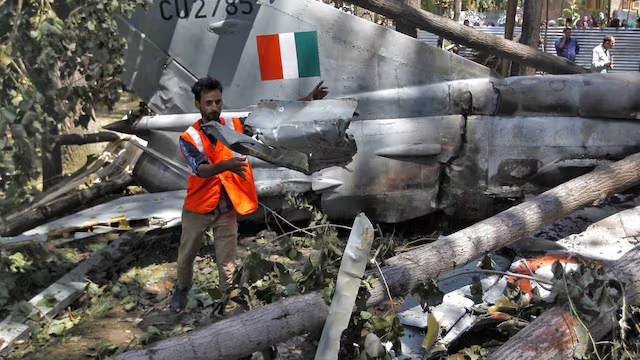
What Will Happen During The Mock Drill?
According to the notification by the Union Home Ministry,
• The drill will assess how effective air raid sirens are in alerting people about aerial threats.
• It aims to train civilians to respond quickly and safely in case of an air strike.
• Hotline and radio links between civil authorities and the Indian Air Force will be activated and tested.
• The drill will check how well control rooms and their backups (shadow rooms) perform during emergencies.
• People, including students, will be trained to protect themselves during hostile attacks through basic civil defence techniques.
• The drill will include blackout exercises, where residents may be asked to switch off lights to simulate conditions during an air raid.
• Authorities will practice shielding critical infrastructure like airfields, refineries and rail yards from aerial detection or attack.
• The preparedness of rescue teams and firefighters will be tested. Evacuation plans will also be rehearsed to move people from danger zones to safer areas.
• Civilians will receive hands-on training in providing basic first aid, handling fire fighting equipment, and taking shelter during emergencies.
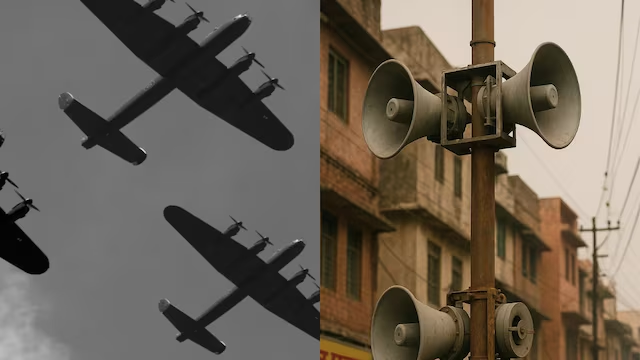
What activities will take place during the drill?
Air Raid Sirens: Simulated alarms will test public alert mechanisms.
• Crash Blackouts: Temporary citywide blackouts will simulate hiding lights from aerial surveillance.
• Camouflage Exercises: Strategic assets like power plants and telecom towers may be temporarily hidden from aerial view.
• Evacuation Drills: Mock relocations from high-risk zones will be organized.
Public Training Sessions: Sessions in schools and offices will teach emergency first aid, sheltering practices, and calm response behavior.
Who will participate in the Civil Defence drill?
- District Administrations for coordination
- Home Guards and Civil Defence Wardens for on-ground execution
- NCC, NSS, NYKS, and Students for community outreach and support
- Paramilitary and Police Forces for enforcement and simulation
How should citizens prepare for the drill?
• Keep essentials handy: water, flashlight, basic medicines.
• Avoid misinformation — rely only on official sources.
• Follow local instructions — cooperate with authorities.
• Participate if asked — join awareness sessions or drills in your locality.
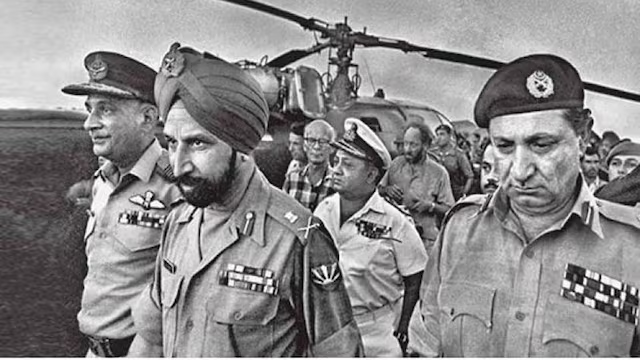
India-Pakistan 1971 war: This civil defence drill bears historical significance. The last time such a nationwide civil defence exercise was held was during the lead-up to the 1971 Bangladesh Liberation War. As tensions with Pakistan grew, India conducted similar drills involving the activation of air raid sirens, blackouts, and public alert systems. TOI reported that during these exercises, civilians were trained to take shelter, cover windows, and protect themselves in the event of airstrikes. (Image: X/IndianAirForce)
ALSO READ : SPG commando salary


